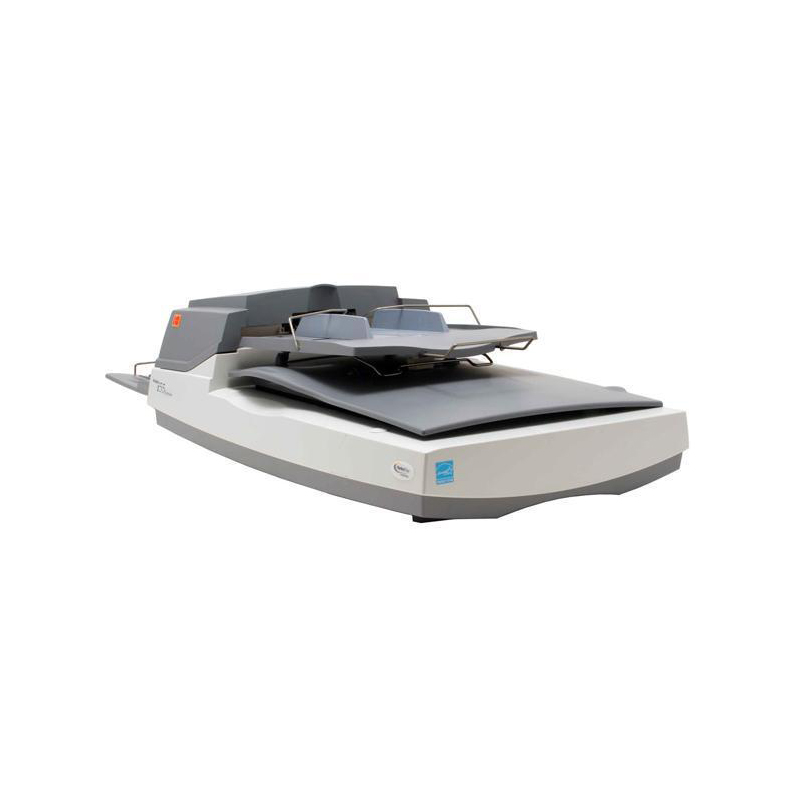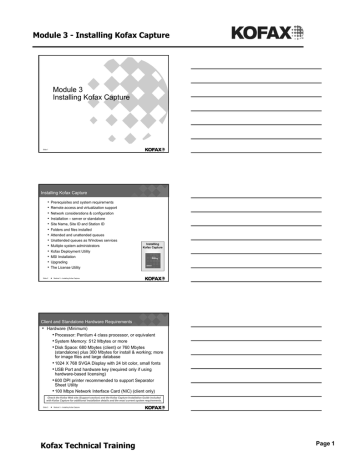
This solution requires additional training and day operations communications and support, but not to the degree as in a fully distributed model.\

#Kofax vrs alternative software
The advantages are localized subject matter experts and a reduction in total scanner and software requirements. In this solution, two or more departments (e.g., family court and criminal court, or all criminal courts in the county) share resources in CCPOR order processing. The shared department model shares similarities with both the models. The disadvantage is the need to deploy additional scanning equipment and software, increased training requirements, and day communications and support. This may be the best solution for small counties with low volumes of orders that can be shared among existing staff. In this model, each court department and location processes orders independently. Some courts may find that a distributed or departmentalized approach works best for them. Existing staff already processing other centralized processing functions are the most likely fit in this model.Ī modification to this model is following the options presented in the Court and Sheriff Entry section above, where the sheriff's responsibility is replaced by the centralized data entry staff. The centralized model works best with courts that process large volumes of R&PO orders from multiple locations.

In addition, fewer scanners and software should be required and day to day operations communications contained. The advantage is a focused approach in which skilled staff process orders more quickly than if distributed across the courts. In this model, a centralized department is responsible for conducting all image scanning and/or data entry. This option is viable when data entry can be done prior to waiting for image scanning.Īll courts should evaluate and determine the court organizational option that works best for their infrastructure.Ĭentralizing the scanning and/or data entry functions may provide resource efficiencies in terms of staff and equipment. CCPOR also supports entering the data first and having the document image scanned and uploaded afterwards. This requires agreement by the sheriff's department to enter all data (normally entered into CARPOS), and to attach and save the image in CCPOR.ĭata entry followed by imaging is similar to option #1, but in reverse order. This option replaces faxing the order and provides the sheriff with an clearer image from which to view and enter data directly.

Regardless of option or combination of options selected, the most important factor in implementing a successful program is obtaining the support of those who will be keeping the information in CCPOR as accurate and up to date as possible. For Phase I, courts and LEAs may share the effort in a variety of approaches that best meet their needs. Courts have the flexibility to select a workflow best suited to their needs and those of their partner organization and then make changes as circumstances change. The deployment planning process is shown below in order to help courts understand the deployment process.ĬCPOR was designed to accommodate a variety of workflow processes.


 0 kommentar(er)
0 kommentar(er)
